Savannah Highway (Hwy 17.) is the main road south out of Charleston, South Carolina.
It is a divided highway, (A dual carriageway in the UK.) with two wide traffic lanes on either side. It has a continuous fog line painted on the left, with a shoulder almost three feet wide.
“Share the Road” signs are posted and one would think with so much space, this would be a safe place to ride a bike, but you would be wrong. Traffic flows by at around 65 mph; freeway speeds.
Have you ever noticed how a large number of drivers habitually hug the right-hand edge of the road? It doesn’t seem to matter how wide the road is, if there is a shoulder they will drive with their inside wheels over the fog line.
If they are tailgating the vehicle in front of them, they will not see a cyclist until the moment of impact.
This almost happened to me the last time I rode this stretch of road. Traffic was very heavy and I was buzzing along on the shoulder, enjoying the tow that the back draft of passing traffic was giving me.
Suddenly there was a squealing of tires behind me and a Cadillac Sedan came by missing me by inches. Out of control, and fishtailing all over the road, and ended up sliding sideways across into the far lane.
With so much traffic it is a wonder there was not a major pile up, and had this been an SUV it would have rolled over for sure. However, the driver regained control and continued on without stopping.
It was obvious to me what had happened. This driver was over the fog line, and had seen me at the last second, over corrected and temporarily lost control.
I never rode this stretch of Hwy, 17 again, and in case you are wondering why I rode it at all, it was to get to Main Road leading onto John’s Island where there are some very nice quiet country roads.
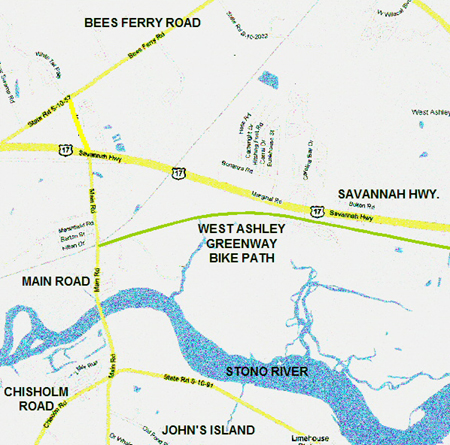
After this incident I rode the West Ashley Greenway, which is a dirt bike trail. Alternatively, if rain had made the trail too muddy to ride, I would ride Bee’s Ferry Road, a two lane highway with a shoulder. Traffic speeds are slower, so slightly less dangerous than Savannah Highway.
One of the nicer roads to ride on John’s Island is Chisholm Road. It leaves Main Road, just after crossing the Stono River; it makes a ten mile loop the joins up with Main Road again. It is a road that goes nowhere and so gets very little traffic.
The only people who drive this road are the residents of homes on Chisholm, and they are used to seeing cyclists along that stretch. Much of this road had a decent shoulder, at least 18 inches wide in places.
When I recently rode there, I noticed they had re-striped the fog line, and used some special process that made a little raised bump every 12 inches or so. In other words, the white fog line had been turned into a rumble strip.
Initially I thought, “What a great idea,” keep those people who hug the edge of the road, off the shoulder.
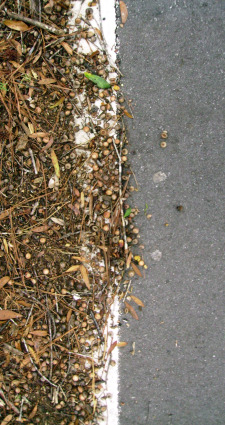 Then I noticed all the debris from the road had been swept by passing traffic onto the shoulder.
Then I noticed all the debris from the road had been swept by passing traffic onto the shoulder.
Dirt, dead leaves, etc; and in places the grass was beginning to grow over onto the shoulder. The affect was Chisholm Road had become narrower.
No doubt rumble strips keep the local “Good ‘ol Boys” on the straight and narrow, and rubber side down while driving home late at night.
However, they do little to help the cyclist on a Sunday morning ride. Roads like Savannah Highway could really use rumble strips, to keep the motorized traffic off the shoulder making it safer for bicycles. As yet it doesn’t have them.
However, the shoulder would then need to be swept on a regular basis to keep it clear. On country roads like Chisholm where it would be cost prohibitive to sweep, no rumble strip would be better and let the passing traffic keep the shoulder swept clean.
Just a thought





 Thu, May 6, 2010
Thu, May 6, 2010  Cyclists found an unexpected ally this week when the American Automobile Association (AAA) urged motorists to share the road with cyclists.
Cyclists found an unexpected ally this week when the American Automobile Association (AAA) urged motorists to share the road with cyclists.
























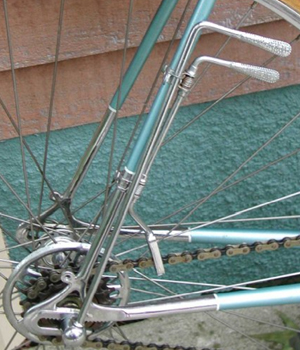

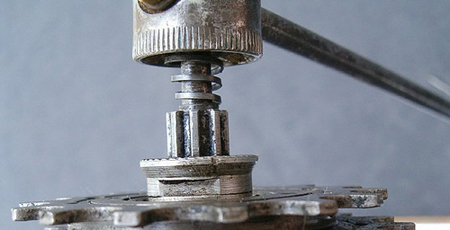
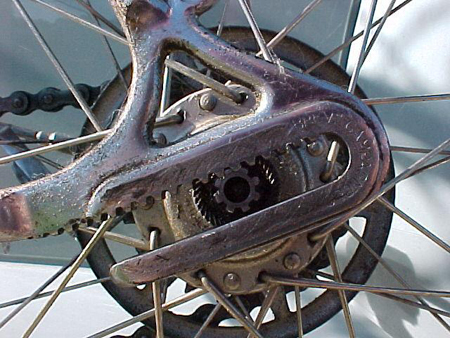
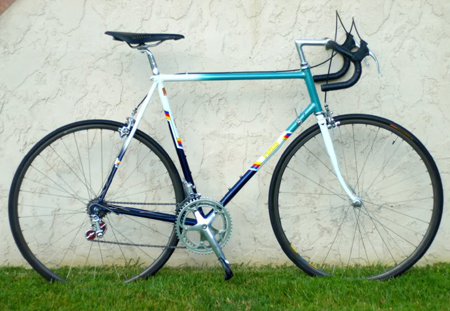


Generations
As one generation reaches childhood, the next is being born, and the previous one are teens or young adults.
Each generation thinks they know more, or they can do better than the generations before.
Every previous generation looks at those who follow and invariably says, “God help us in the future.”
I was born in England in the mid 1930s; in the middle of the Great Depression. By the time I reached my childhood and was old enough to be conscious of my surroundings, I found myself in the middle of a World War.
I had a father, my mother told me so, but I didn’t remember him; he had left in 1939, within days of the war starting. Apparently his last words as he left were, “It’s just a scare, I’ll be home in a couple of weeks.”
He was gone almost five years, came home briefly in 1944, and then was gone again until the war ended.
I didn’t really understand what to be in a war meant. I knew my father was fighting in the war, fighting the Germans; (Whoever they were.) but knew no reason for it, or for that matter even considered a reason.
I only knew what my mother told me, and what the other kids at school told me. Not that they really knew any more than I did, just what their mothers told them.
I remember the American soldiers coming over prior to the Normandy Invasion in 1944. They seemed like adults to me, but looking back they were just teens; only one generation before me. Happy, laughing, goofing around as teens will do.
This generation, often referred to as the “Greatest Generation,” born just ten years before me; little more than kids themselves, were actually fighting in the war.
Handing out candy to kids like my friends and me in the early part of 1944, then dying on the beaches of Normandy in their thousands, a short time later.
The generation after me was just now being born in the mid 1940s; they would reach their teen years in the 1960s and become the generation that protested war.
Did that generation know more about war than I did? When I was a teen, WWII was only a few short years past, but with its implications never fully understood, it was quickly forgotten.
I was part of the “In Between” generation, I reached my teen years in the 1950s. I didn’t have to fight in a war, and I missed out on all the excesses of the 1960s. I’m not sure if there were teen cultures before us, but there certainly have been every generation since.
We were the first after WWII; we were known as "Teddy Boys." Wearing clothes fashioned after the styles of the "Edwardian" era. (The early 1900s.) In the picture at the top I was eighteen years old; the shorter of the two, on the right.
Teens generally dress and all follow the same trends as their peers, and strangely they do it in order to be different; in actuality the generations that follow the previous are not drastically different.
We all fuck up along the way; some of us have a few more successes than failures, but does anything really change?
Does our lot get any better? History repeats itself, and each time the price goes up. We are still fighting wars; we in the middle of a recession, which is another name for a depression, which is where I came in